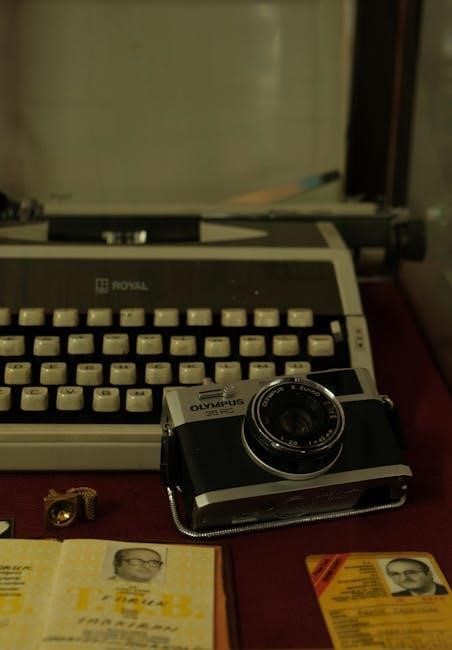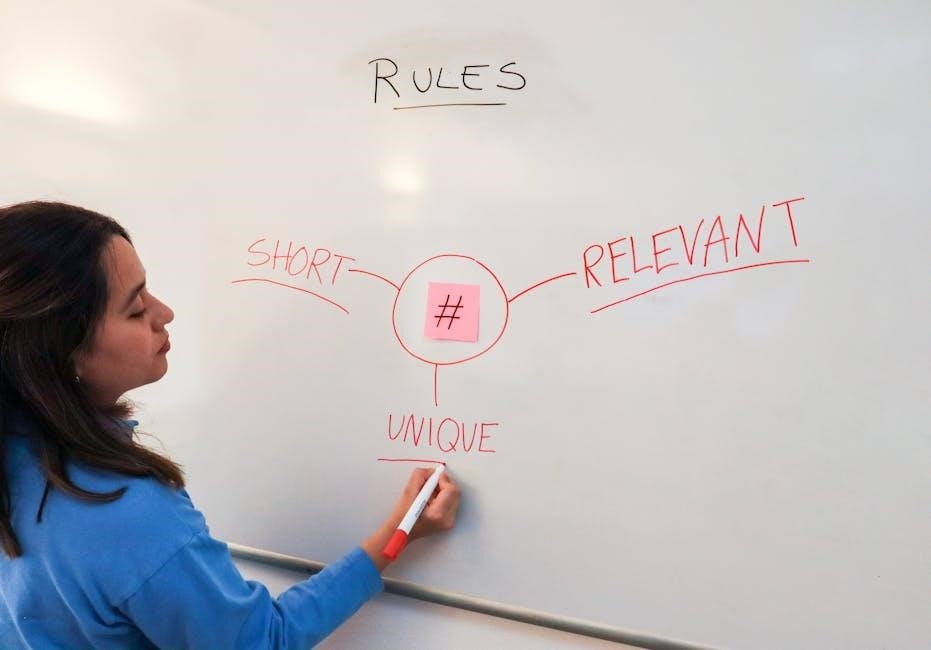
a short guide to writing about film
Film analysis is a captivating blend of art and skill, requiring both creative insight and systematic study. It demands critical thinking and effective communication, as you present a persuasive argument supported by evidence. Exploring themes, genres, and cultural contexts, film analysis offers a deeper appreciation of cinema. Whether for academic or personal purposes, it’s an essential tool for expressing your unique perspective and engaging your audience.

Key Elements of Film
Film is a multifaceted art form, and its key elements work together to create a compelling narrative. Direction and cinematography set the visual tone, while acting and screenplay bring characters and dialogue to life. Music and editing enhance pacing and mood, shaping the emotional impact. Analyzing these components helps uncover the filmmaker’s vision and the cultural or thematic significance of the work, making film analysis a rich and rewarding experience for writers and audiences alike.
2.1 Direction and Cinematography
Direction and cinematography are fundamental to shaping the visual and emotional landscape of a film. The director’s vision guides the storytelling, while cinematography translates this vision into images. Lighting, camera angles, and composition create mood and emphasize themes. For instance, a low-angle shot can convey power, whereas soft lighting might evoke nostalgia. These elements, along with the director’s style, influence how the audience interprets the narrative. Analyzing these aspects reveals the filmmaker’s intent and enhances the depth of your review. Consider how these visual choices align with the film’s overall message and impact its emotional resonance.

2.2 Acting and Screenplay
Acting and screenplay are the heart of a film, shaping characters and driving the narrative. A compelling screenplay provides the foundation for storytelling, with dialogue and plot structure guiding the audience’s emotional journey. Skilled actors bring characters to life, conveying depth and complexity through their performances. The interplay between the screenplay’s writing and the actors’ interpretations is crucial, as it determines how the story resonates with viewers. Pay attention to how dialogue reveals character traits and advances the plot. Note moments where performances stand out, either through nuanced expressions or powerful deliveries. Additionally, assess the balance between action and dialogue, as well as how the script’s pacing contributes to the film’s tension or humor. A well-crafted screenplay paired with strong acting creates believable and engaging characters, making the story memorable and impactful. When analyzing these elements, consider how they work together to convey the film’s themes and emotional depth. The synergy between acting and screenplay is essential for crafting a compelling cinematic experience.

2.3 Music and Editing

Music and editing are two of the most powerful technical elements in filmmaking, playing a crucial role in shaping the emotional and narrative impact of a movie. Music sets the tone, evokes emotions, and guides the audience’s interpretation of scenes, while editing determines the pacing, tension, and rhythm of the story. Together, these elements create a harmonious balance that enhances the overall cinematic experience.
When analyzing music in a film, consider how the score or soundtrack complements the visuals and dialogue. Does the music heighten suspense, evoke nostalgia, or amplify joy? Note how specific themes or motifs are associated with characters or plot points. Additionally, pay attention to moments where music is absent, as silence can be equally impactful. The interplay between sound and image is a key aspect of film analysis, as it often reflects the director’s vision and emotional intent.

Editing, on the other hand, is the backbone of storytelling. It determines how scenes are arranged, how long they linger, and how transitions occur. A well-edited film can build tension, create humor, or evoke empathy through techniques like cross-cutting, slow motion, or montage. Pay attention to how editing contributes to the film’s pacing and tone. For example, rapid cuts can create urgency, while long takes can emphasize realism or drama. The editor’s choices are essential in guiding the audience’s focus and maintaining engagement.
When writing about music and editing, consider how these elements work together to enhance the film’s themes and emotional depth. Analyze specific scenes where music and editing stand out, and explain their impact on the overall narrative. By closely examining these technical aspects, you can gain a deeper understanding of how filmmakers craft compelling stories and immersive experiences for their audience.
Preparing to Write
Preparing to write a film analysis involves careful planning and research. Start by watching the film multiple times to capture details and themes. Take notes on key scenes, dialogue, and technical elements like direction and cinematography. Gather background information about the director, cast, and production context. Consider your audience and the purpose of your analysis. Organize your ideas and formulate a clear argument to ensure a structured and persuasive review.
3.1 Watching and Note-Taking
Watching and note-taking are essential steps in preparing to write about a film. Start by viewing the movie at least once to grasp the overall narrative and emotional impact. On subsequent viewings, focus on specific elements like direction, cinematography, and acting. Take detailed notes on key scenes, dialogue, and visual motifs that stand out. Record your initial reactions and impressions, as these can provide valuable insights for your analysis.
When taking notes, organize them into categories such as plot structure, character development, and technical aspects like lighting or music. This helps in identifying patterns and themes. Pay attention to how the filmmaker uses visual and auditory elements to convey meaning. For example, note camera angles, color schemes, or sound effects that enhance the story or mood. Additionally, document any symbolic elements or recurring motifs that contribute to the film’s message.
After watching, review your notes and reflect on how the various components work together. Ask questions like: What themes emerge? How do the characters evolve? What impact does the editing or score have on the pacing or tone? These questions will help you develop a deeper understanding of the film and form the foundation of your written analysis. Remember, effective note-taking is about capturing observations and ideas, not just summarizing the plot. By doing so, you’ll be well-prepared to craft a thoughtful and insightful film review.
Practical tips for note-taking include using a structured format, such as dividing your notes into sections for different elements of the film. You can also pause the movie to jot down thoughts or revisit scenes that are particularly significant. The goal is to gather as much relevant information as possible while maintaining a clear and organized approach. This process will not only enhance your understanding of the film but also make the writing process more efficient and enjoyable.
Related Posts

hsr apocalyptic shadow guide
Uncover expert strategies in the HSR Apocalyptic Shadow Guide. Discover essential survival tips, gear recommendations, and tactics to thrive in any scenario.

antenna tv guide tulsa ok
Find the best free TV channels in Tulsa with our antenna TV guide. Get local stations, sports, news, and more without cable!

mcmasters guide to homicide
McMaster’s Guide to Homicide provides cutting-edge strategies to help you solve even the most challenging crimes. Elevate your investigation skills with expert techniques.